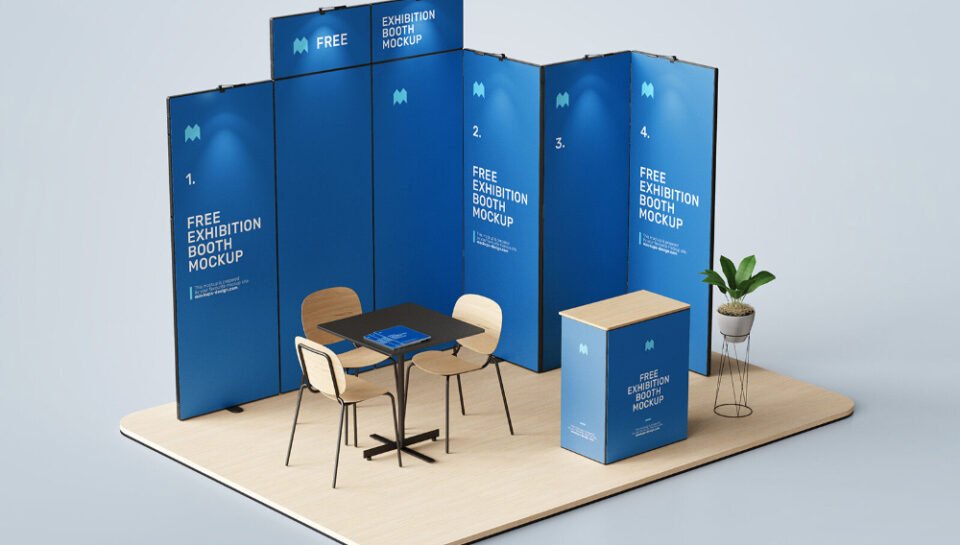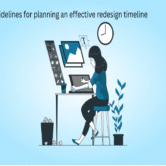
How are exhibition backdrops designed for compact stalls?
Optimized Use of Limited Space
- Layouts are designed to fit within 2 to 3-meter width panels.
- Graphics are scaled to avoid clutter and maintain readability.
- Modular panels or roll-up banners are preferred for flexibility.
- Important elements are centered to remain visible despite obstruction.
- Design considers visitor movement and stall access points.
Clear Brand Visibility
- Logo is positioned at eye level or top center for instant recognition.
- Tagline or core message is placed prominently below the brand name.
- Visual hierarchy ensures the most essential information appears first.
- Bold, high-contrast colors enhance visibility in crowded halls.
- All brand elements follow consistent color, font, and spacing rules.
Integrated Visual Communication
- Product visuals or service icons are used to convey offerings quickly.
- Bullet points or brief descriptors highlight key features.
- QR codes or scan prompts are added for digital interaction.
- Backgrounds are kept clean to support message clarity.
- Graphic layers avoid overlap with physical furniture or equipment.
Portable and Lightweight Materials
- Use of fabric banners, PVC sheets, or collapsible frames enables quick setup.
- Lightweight panels support easy transport and reusability.
- Magnetic or Velcro-mounted elements allow flexible arrangements.
- Pop-up backdrops fit into tight corners without extra support.
- All materials comply with event safety and fire-resistance norms.
Functional Design Integration
- Lighting is factored into backdrop color and finish selection.
- Negative space is preserved for shelving, screens, or counters.
- Messaging supports quick interaction and product recall.
- Interactive sections or cutouts may be included without structural compromise.
- The design encourages stopping, scanning, or asking questions.





